
With the recent launch of the Leica M11 Monochrome (M11M), there’s been a huge increase in people visiting the original Leica M11 (M11) Review that I posted. I’ve subsequently gotten a lot of questions asking whether I still have my M11 a year later, and if I do, how I feel about it as a “long-term” owner.
I put that in quotes because a Leica is built to last, so a year’s use is nothing for this camera. However, I do appreciate potential new owners of the M11M wanting to know if they may face buyer’s regret.
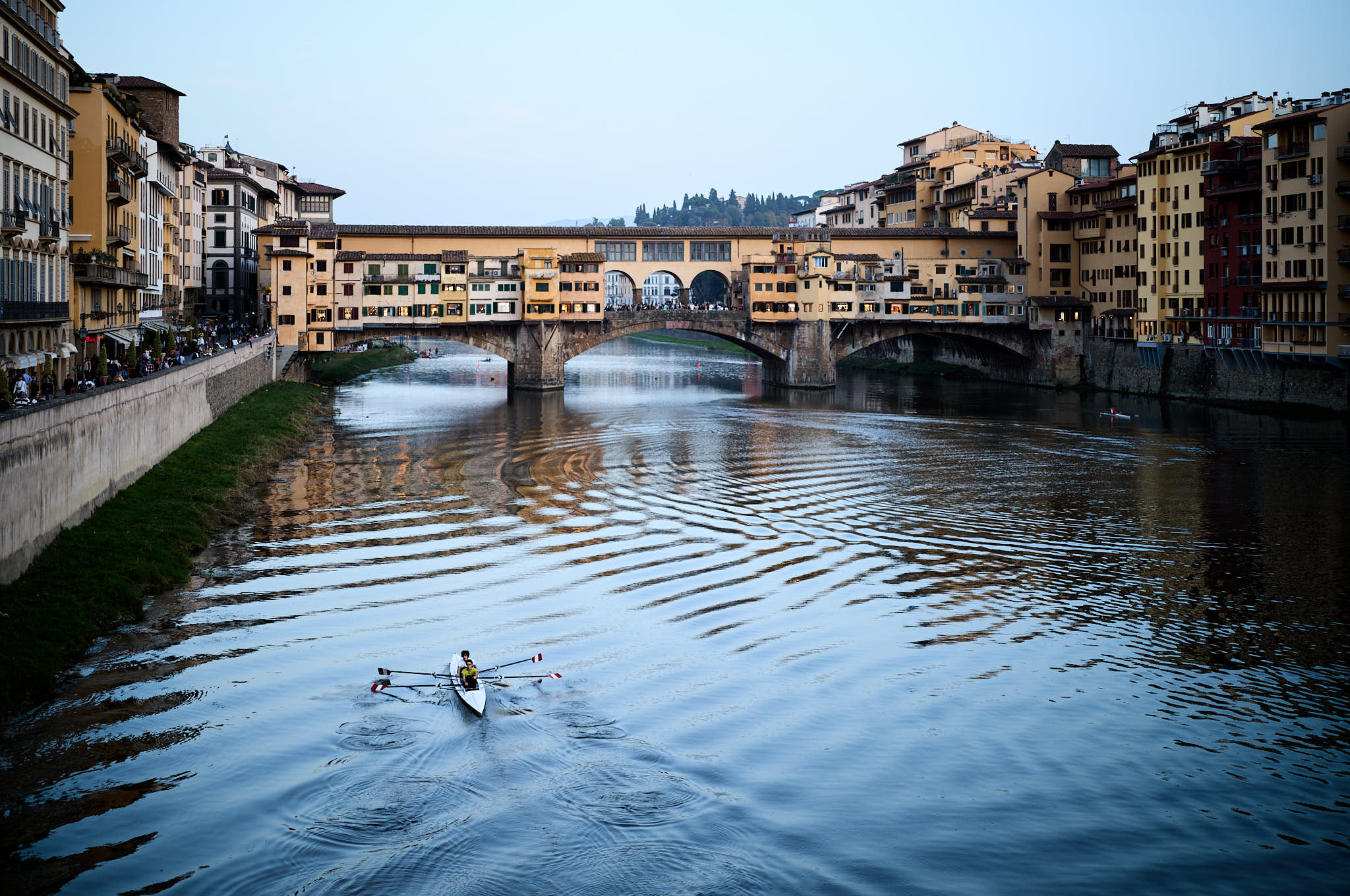
I should note that buyers of the M11M should arm themselves with the key differences between the M11 and M11M as the two cameras are obviously not identical and Leica is the master of subtle detail changes, which for some owners, can make all the difference in the world:
- M11M doesn’t have a colour filter array so it’s purely monochrome
- M11M has a larger on-board storage of 256GB vs. 64GB on the M11
- M11M has a sapphire crystal screen on the back LCD vs. Gorilla Glass on the M11
- M11M removes the red Leica dot over the rangefinder adjustment screw and leaves the screw visible
- There are also some subtle visual differences including font colours (more subdued)
Background
I’ve had my M11 since launch day, which in Hong Kong was in early 2022, so I’ve had the camera for more than a year now. I had noted the camera felt like an interim release with everything that makes a Leica M embedded, along with a nod to what the future may hold. I called it a Bridge to the Future.
During the initial review period, I found a lot to love. I loved the new live view metering which allowed the full sensor to be used to determine the exposure, which makes images much easier to get closer to the final version without a lot of editing. I loved the lighter aluminum top plate on the black version, which makes a tangible difference in everyday carry. I also loved the new battery and removal of the bottom plate – which provided much better battery life and less hassle to access the battery and memory card.
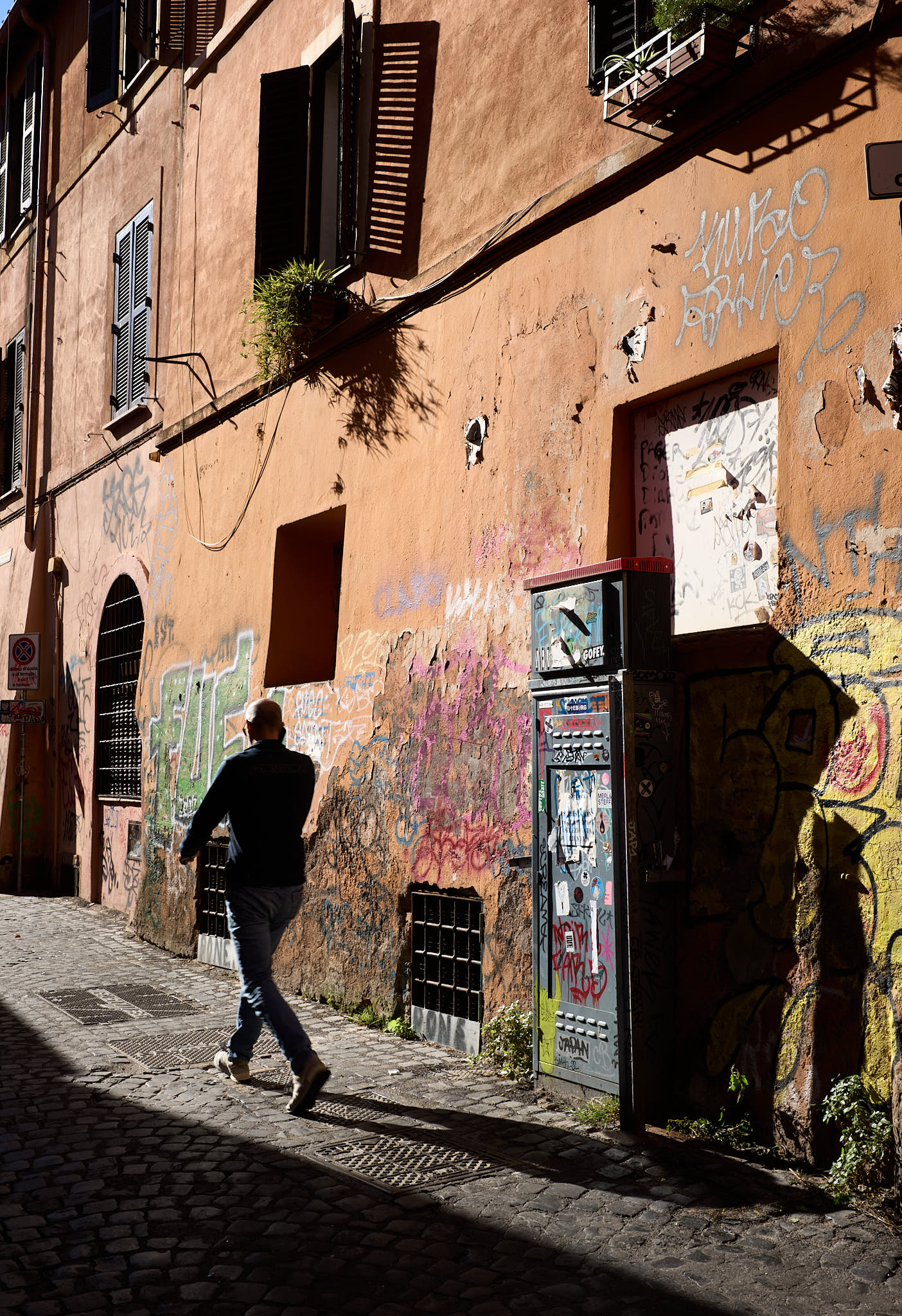
However, not everything was perfect. My unit showcased several firmware bugs (rather common on new Leicas I’m sorry to say). The new metering method also incurred a loss of the sharp and quiet shutter of the M10, and instead gives a quasi “live view” shutter sound. This shutter sound, I speculated, made the camera feel laggy at capturing the decisive moment. Tests proved that the actual speed is mostly on par with the M10, even if it doesn’t feel and sound like it.

I also had some annoying experiences with the Leica Fotos app. It was in beta at the time so I didn’t ding Leica for it, but now that it’s out of beta, I can give a more thorough review of it and it’s strengths and weaknesses.
I’d like you to treat this as a follow-up to the first review and what you can expect over the longer term after the initial excitement has worn off.
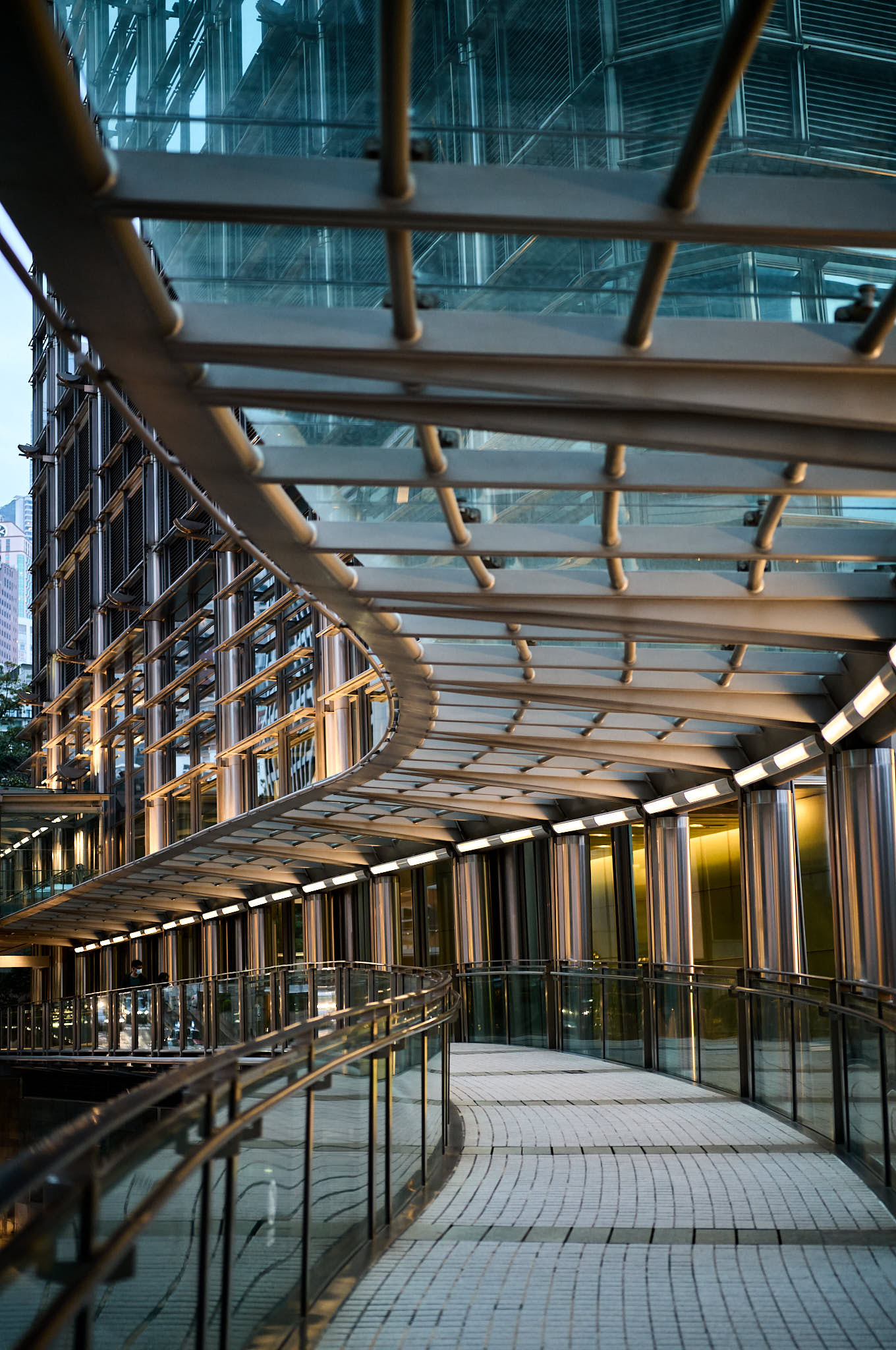
Multi-field “Live view” Metering
This was perhaps the second most controversial change in the M11 vs. the M10. The first being the bottom plate of course. The metering change meant the sensor had to always be on and taking measurements (like most mirrorless cameras operate), which for Leica meant extra steps for the shutter close before taking the exposure. The extra closure added a feeling of lag and noise to the shutter experience; I know M10 owners that still refuse to upgrade because of this change in how the shutter and exposure operates.
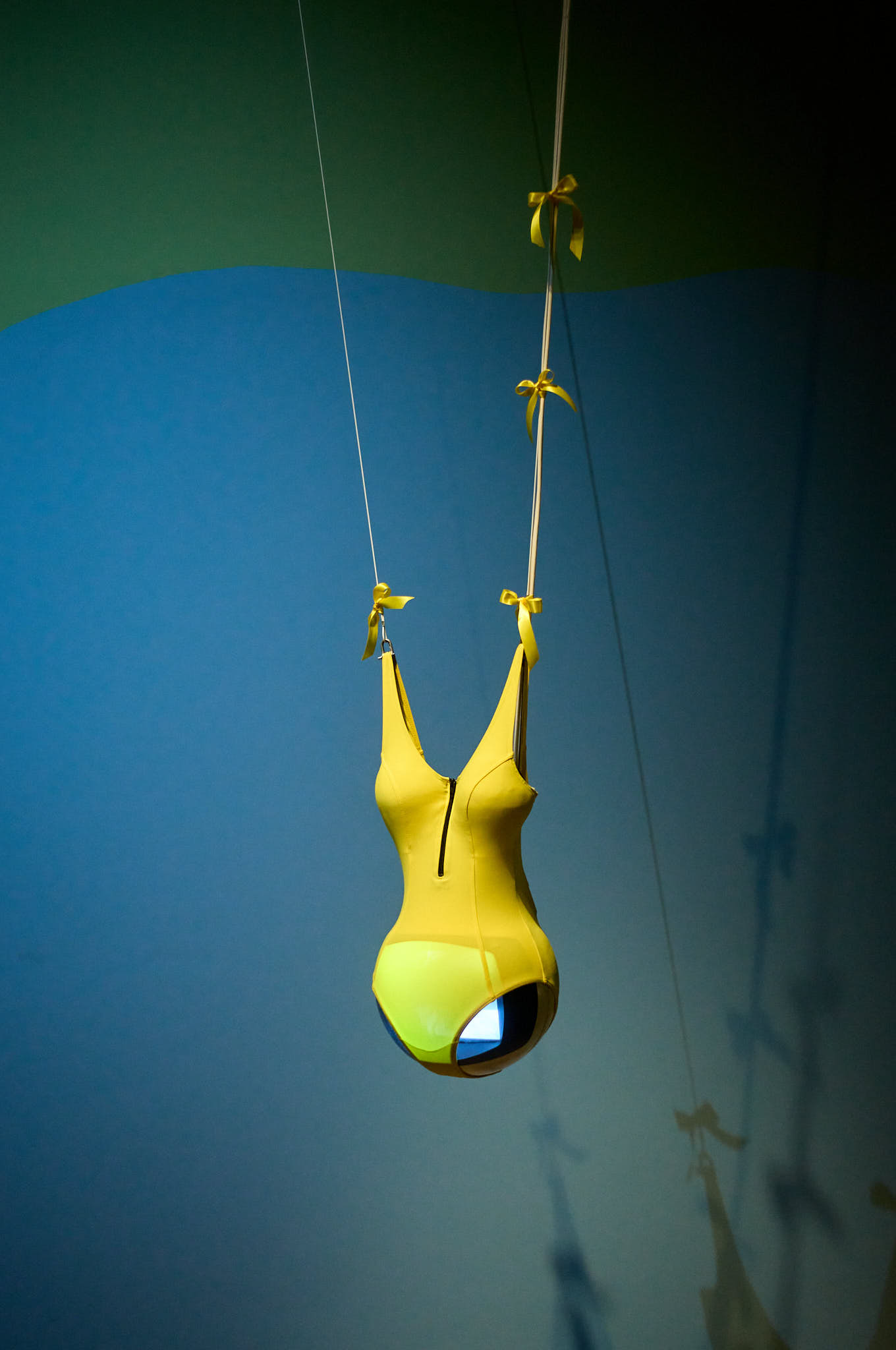
In practical use however, this change has transformed my Leica M experience in a positive way. Getting exposure right with the M10’s spot metering method was always hit or miss. If there was a light somewhere in the metering spot, the exposure would be super dark. I had to constantly check my settings before committing to the capture.
With the M11, it’s just so much easier to get it right. How this translates into convenience is that I can usually use the M11’s images straight from the camera, whereas I often had to adjust exposure for the M10. I’ve found myself downloading images from the M11 and sharing with friends and social media right after capture, something I rarely did with the M10. This is a real usability improvement that you can experience every time you use the camera.
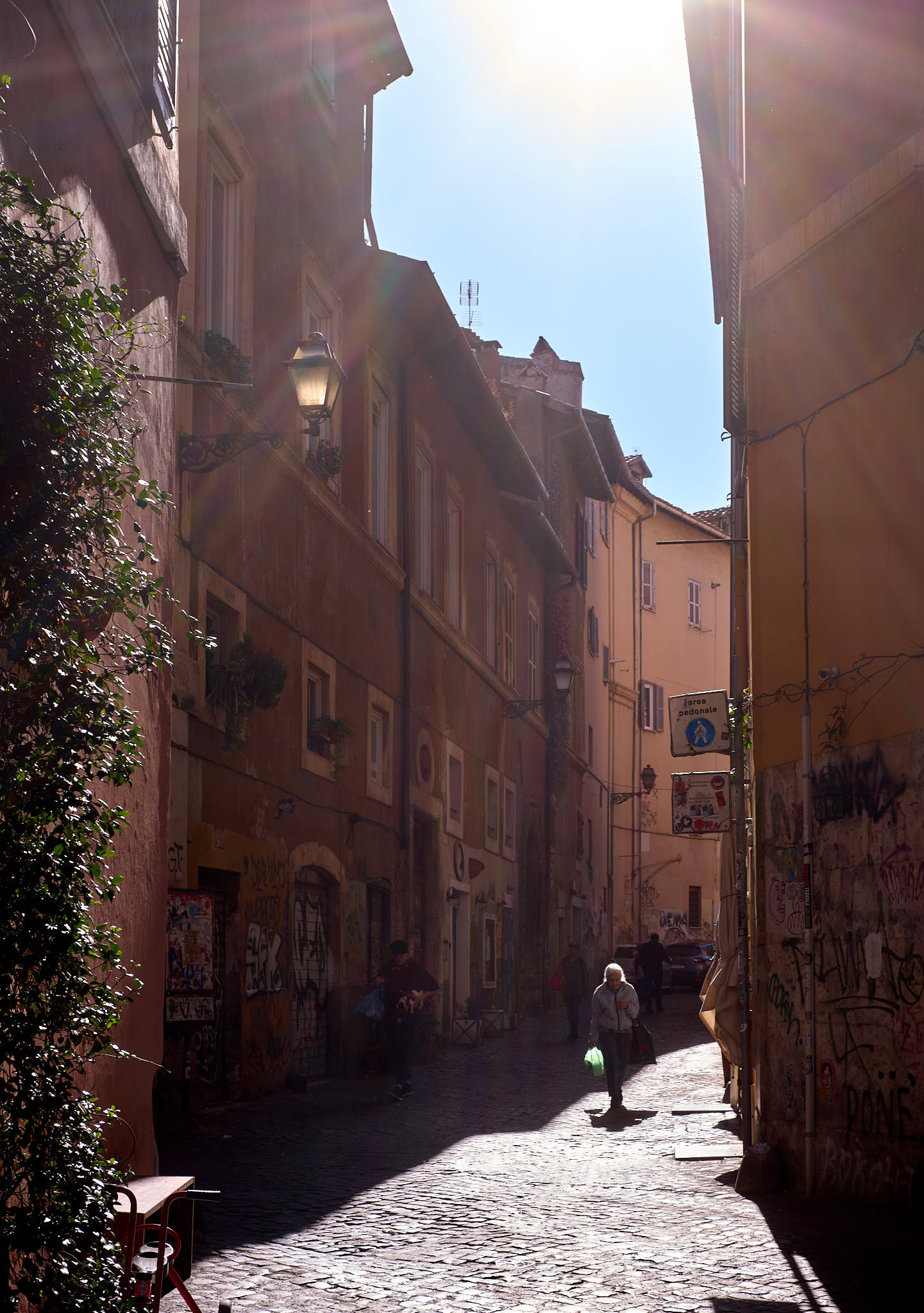
I feel Leica absolutely made the right decision to make this change. The perceived shutter lag and change in sound have long been forgotten with the convenience of the better metering more than offsetting any negatives, real or perceived.
Aluminum Top Plate and New Black Finish
My M10 was silver and heavy, with the brass build. For the M11, as I mentioned in the initial review, I had ordered a Silver, but when the three cameras came in, the shop delivered two black and one silver; my friend who was buying his first M camera really, really wanted his first M to be silver, so I “sacrificed” by going for black.
It turned out to be a great outcome. The weight reduction of the black camera with the aluminum top plate has meant I’ve taken the M11 out far more than I did the M10. I even took the whole weight reduction thing further and paired it with the Voigtlander 35MM F2 Ultron Classic, a super small and lightweight lens with very good image quality. With this combination, the M11 becomes a wonderful camera to take out in tight situations like restaurants, bars, and in general with shy friends.
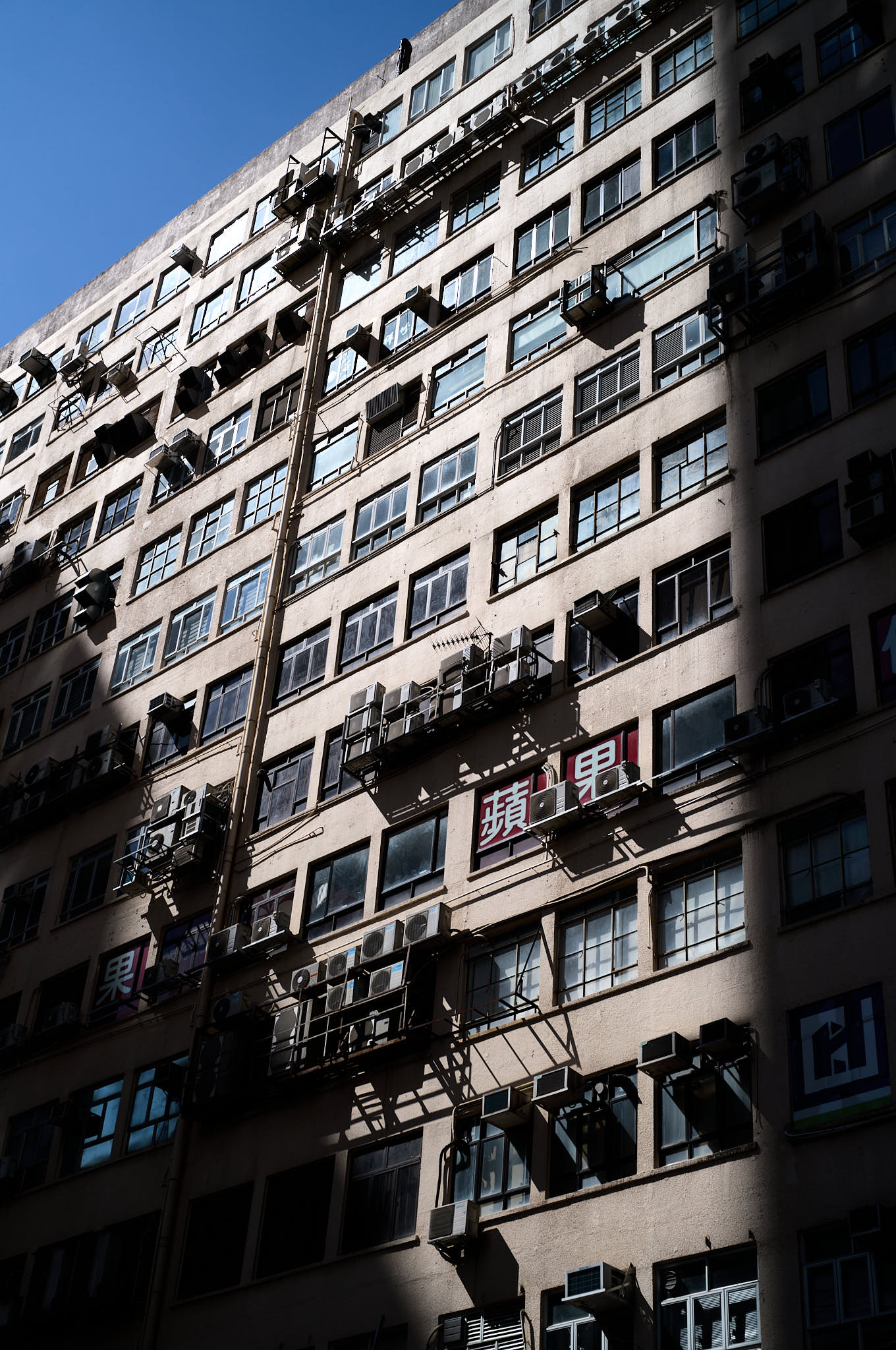
There was a lot of worry about the new black finish Leica had used. Some online YouTubers had managed to break through the top coating with minimal use, while others had their skin detaching to become one with the camera, and yet others had made their M11 prototypes into a shiny plasticky looking mess. After one year of use, the black finish on my M11 looks exactly the same as new. I’ve taken the M11 to several countries and packed it into a Peak Design 6L Sling, Peak Design Everyday Backpack, and slung it cross body on more than a dozen trips.
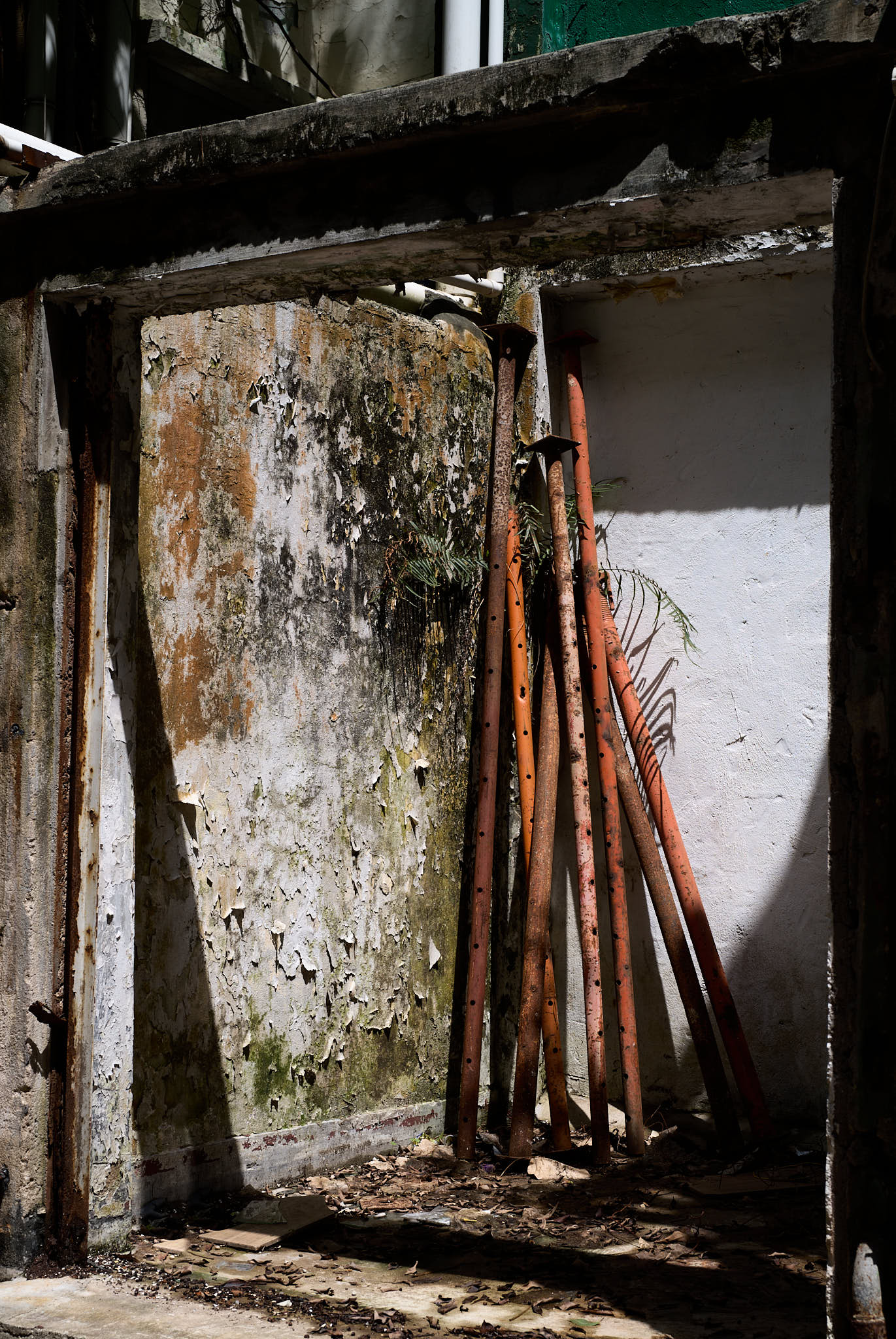
Even the spot where the strap touches the body hasn’t shown any wear. I can only speculate that Leica made improvements compared to the prototypes. Furthermore, the new finish has a wonderful friction to it that makes it easier to hold. I’ve subsequently received the amazing Arte Di Mano half case for my M11, and again, the finish has been unaffected by being in close contact with the case. I find the camera even easier to hold with the case on. I should really do a review on the Arte Di Mano cases; I’ve had three now (M10 full case, M10 half case, M11 half case) and they’re built to extremely high tolerances with excellent materials.
New Battery and Removal of Bottom Plate

The removal of the bottom plate didn’t impact me much since I was already using Arte Di Mano’s half case with the built in battery access on my M10. However, having this be a factory Leica setup makes me feel even more comfortable. In addition, the extra battery life has been a game changer. I often had battery anxiety with the M10, whereas with the M11, I have’t even bought a second battery. I can’t think of a single time I’ve run out of battery on the M11 over a day’s usage. There could have been some days where this was possible, but a quick top-up via the USBC connector ensured I never had to face an empty battery.
This was again the right decision in my opinion by Leica. The usability improvements far outweigh any negative aesthetic or nostalgic aspects of losing the historic bottom plate.
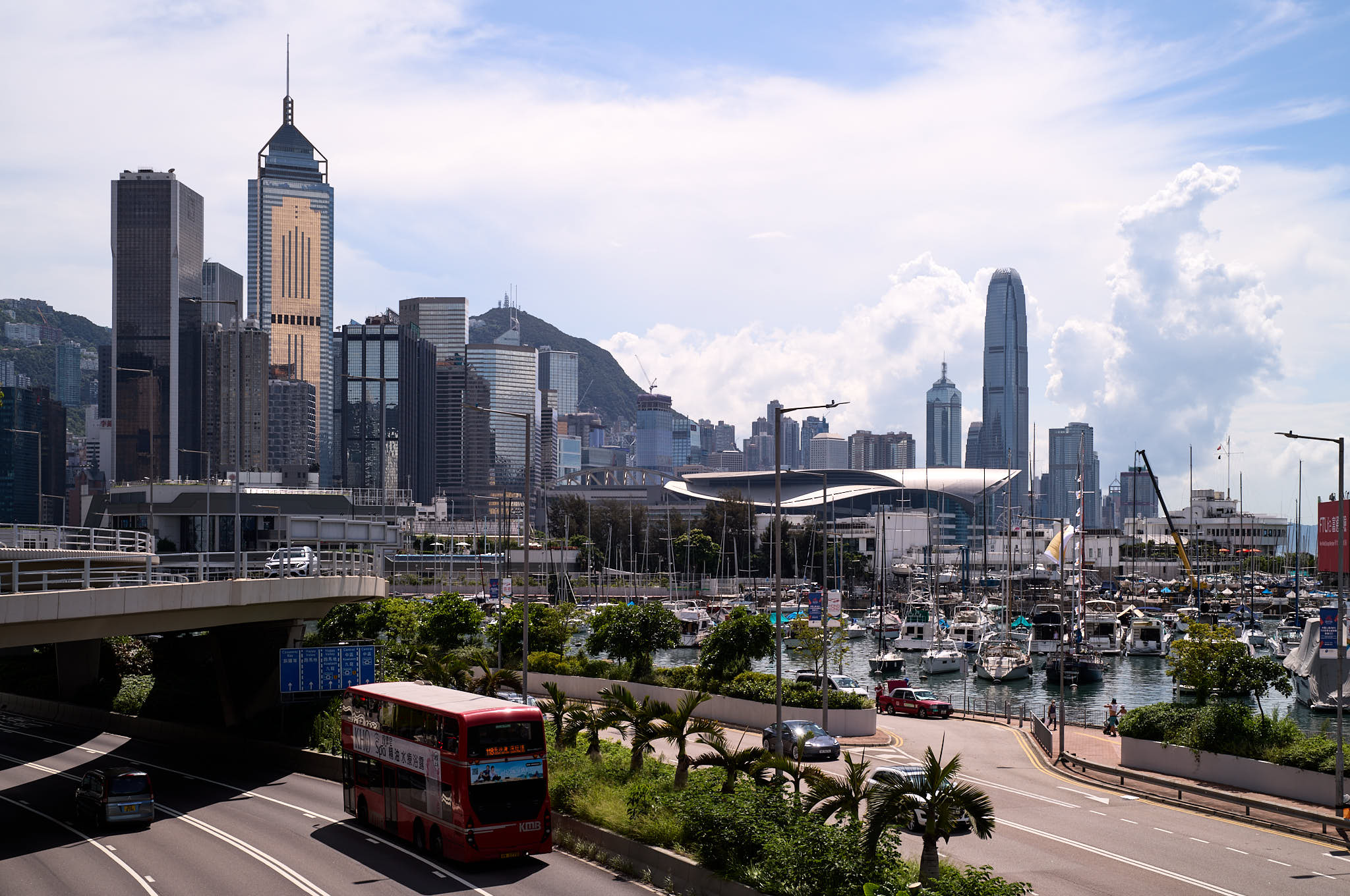
Firmware
As mentioned in the initial review, the M11’s firmware was far from production ready when the camera launched. There are hundreds of posts on Leica forums documenting all the issues that people faced with what they feared had become a very expensive paperweight.
While I didn’t face the severe issues that others did, I’m empathetic to their grief because even my mild issues were agitating enough. I faced several “battery out” moments where the camera froze and required the removal and re-inserting to get the camera going again; this often happened when I most needed the camera to be functional.

Thankfully, Leica has largely sorted out the bugs in the firmware and we now have a stable camera. Total camera freezes are few and far between and only seem to happen when doing things the M11 isn’t really designed for (i.e., long bursts of images while saving to a slow memory card).
Leica Fotos
The Fotos app has come a long way since the M11’s launch. It’s now working very well with great connection reliability and speed. I actually use it more than any other camera brand app on my mobile device. Fujifilm has also recently launched a completely revamped “X” app which I’m testing out (seems like a huge improvement).
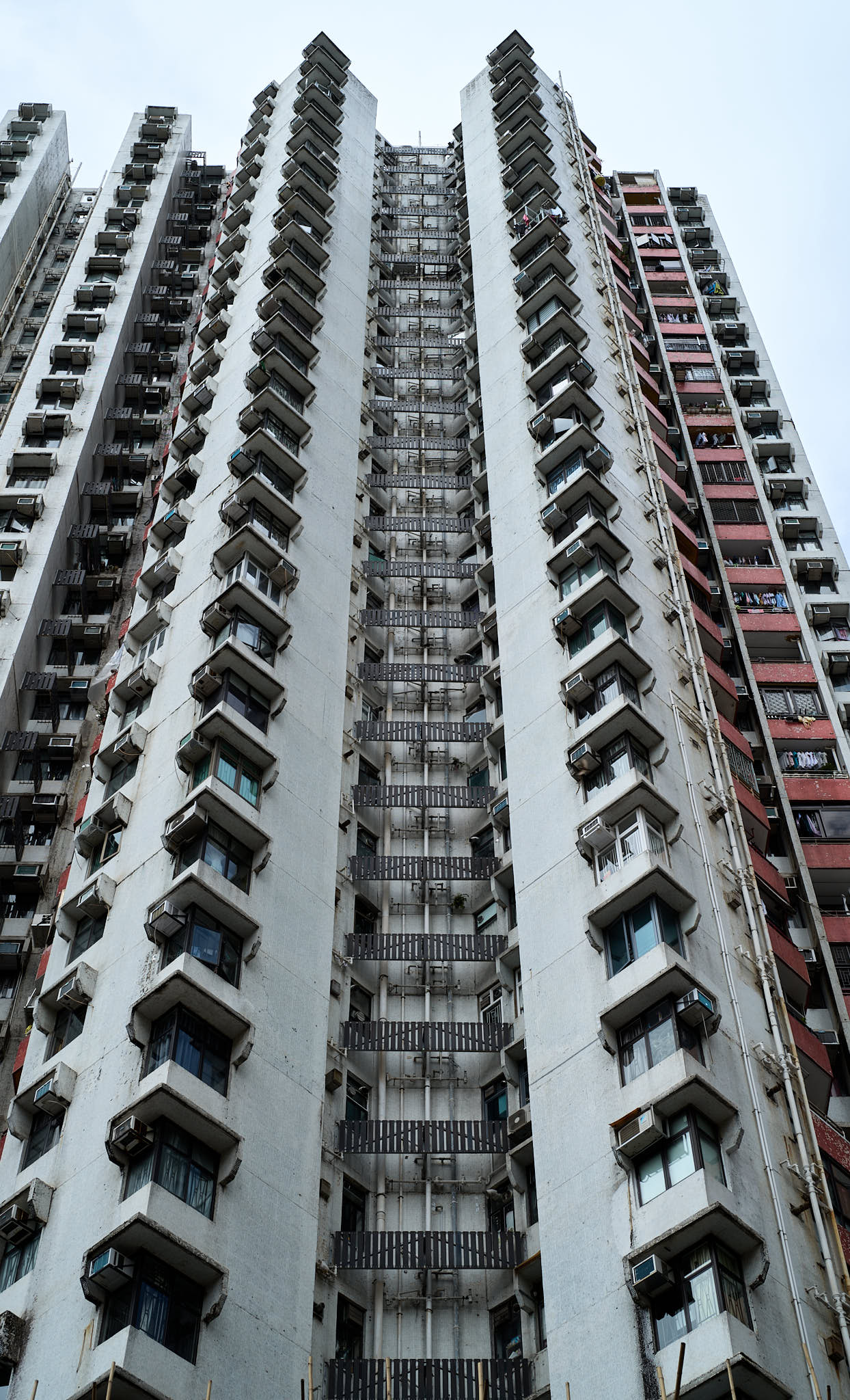
The Fotos app is so good now that I don’t find a use for the Made-for-Apple cable included with the M11. I really like how Leica makes it very easy to choose the type of file I’d like to transfer from the camera (RAW, high resolution JPEG, or low resolution JPEG). The interface shows that people at Leica pay attention to how their customers actually use the app.
Leica now has a very good platform with Fotos from which they can build a truly mobile photography pipeline, from capturing, through to editing and sharing online.

61MP Sensor
I was enamoured with the sensor in the initial review and that has not changed at all over the course of the year. This is the best sensor Leica has put in a full frame camera, full stop. The shadow and highlight recovery are class leading. You can get away with so many exposure mistakes with this sensor; too dark, too bright, it doesn’t really matter because the sensor has the information to recover it back to an ideal exposure.

When paired with very sharp lenses like the Voigtlander 50MM F2 APO, the 61MP sensor gives off images that are nearly indistinguishable from my Fujifilm GFX. The only downside to this much resolution is that you need sufficient shutter speed to get images tack sharp. I find I need at least 1/2xFL (Focal Length), if not 1/3xFL. I look forward to when Leica can stuff in-body stabilization into a future M camera.
For someone that wants a light and super high resolution travel setup, it’s hard to beat this sensor in this body.

Conclusion
The M11 is now a complete camera in 2023 with all its firmware bugs sorted out and the Fotos app out of beta testing and running smoothly. While I still believe the M11 will go down in history as a transition camera between two eras, I must admit that it has surpassed my M10 as my favourite M camera to date.
The four things that make this the best M so far in my journey:
- Live-view metering. The live-view metering ensures images are much closer to the final version straight from the camera.
- Battery life. The new battery has eliminated any battery anxiety. The USBC in-camera charging also means that I can easily top up.
- Sensor. The 61MP sensor is just awesome. I don’t see where they go from here as it’s perfect. It has tons of shadow and highlight latitude, loads of resolution and doesn’t seem to slow the camera down.
- Weight. The lighter aluminum top plate. While I loved the heft of my brass-topped M10, I’ve grown so fond of the lighter weight that my next M camera will also be the lighter weight version (assuming they still offer both options in the future).
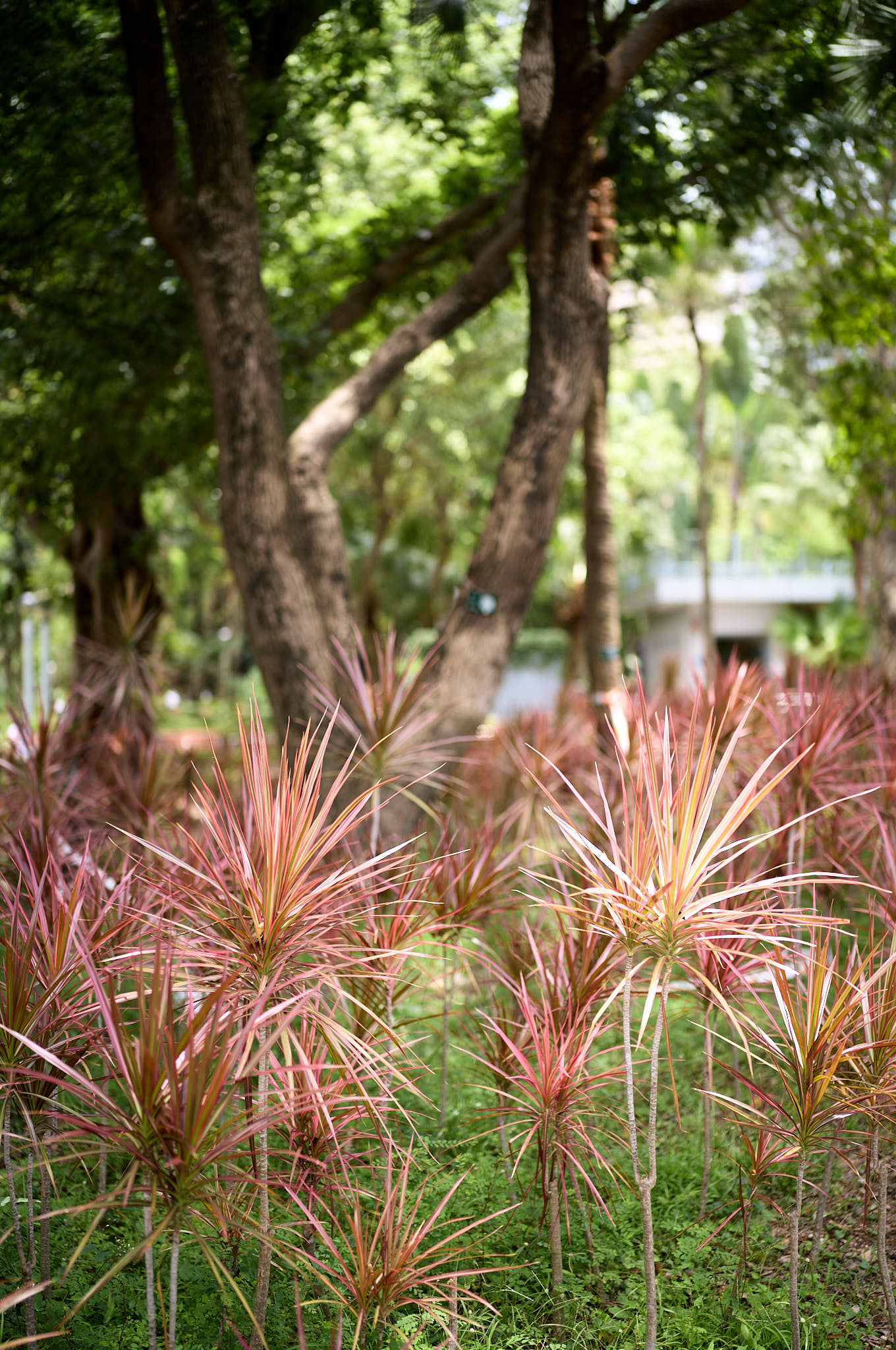
There is always room for improvement, and the three areas I’d like to see Leica address in the M12:
- In-body image stabilization. I appreciate that there’s no room in the current body for this so I would like to see this implemented when Leica eventually moves to a fully electronic shutter.
- Improved shutter. As much as I like the live-view metering, the sound and laggy feeling of the current shutter does not match the rest of the excellent M11 experience. This will also get solved when Leica moves to an electronic shutter.
- Price. I appreciate that Leica is now a luxury product, but the price increases have been coming too frequently and have pushed the M camera’s price to a level of absurdity. My first M10 was USD$6,595 and the M11 was USD$8,995. If the trend continues, the M12 could be US$10,000+ which is going to challenge my ability to justify upgrading.
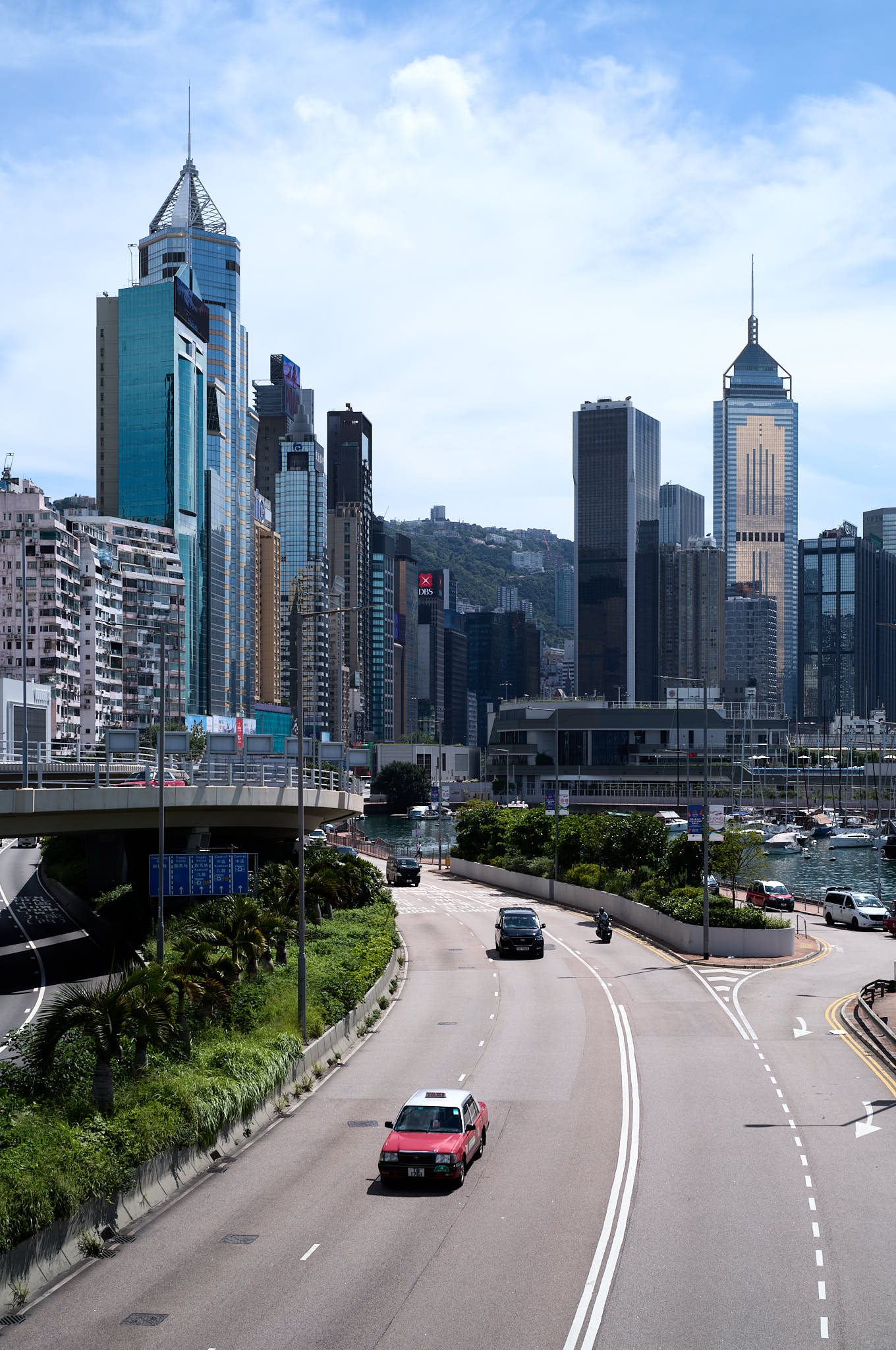
If I didn’t have the GFX, I think I could be very satisfied taking only the M11 on my journeys with three lenses, a 21MM F1.4, a 35MM F1.4 and a 50MM F1.4 lens. It would be a super light and super capable setup. We’re truly spoiled for choice these days with modern cameras!
I hope the above has helped answer your questions on what it’s been like to own the M11 for over a year now. I continue to love the camera and have been using it far more than I did the M10. I’d be happy to answer any further questions you may have; please feel free to ask in the comments below.

[Update 1: One of our Leica M11s in the household failed during a holiday in Thailand. The ISO got stuck at 64 and the shutter speed wouldn’t change via the dial. It appears something has gone wrong between the top plate dials and the electronics. The camera has been sent back to Leica Germany with an ETA of 4-5 months]
[Update 2: We heard back from Leica Germany. They’re replacing the main board and doing a complete disassembly and reassembly, including a full cleaning and adjustment of the rangefinder. Even though the M11 is outside of warranty, Leica is covering the expense. We only have to pay for the postage from Hong Kong to Germany. Great service from Leica!]
Discover more from fcracer - Travel & Photography
Subscribe to get the latest posts sent to your email.
Have you had any incidents of dust on the sensor with this.From time time I did with my m 240( now sold).Thanks for your experiences.Kind Regards
The M11 is a magnet for dust. I don’t know if it’s due to not having any anti-dust mechanism or something else. Thankfully, Capture One Pro has an excellent AI dust removal function. I run it on all M11 images and I’m always surprised at how much dust it finds. The Sony A7R5 is also a dust magnet, whereas all the Fujifilm cameras only require cleaning once a year (maybe Fujifilm uses sensor cover glass further away from the sensor which hides any issues with dust?).
Hello, thank you for the article. I’m using a m11 for the past 6 months and I’m very impressed with this iteration of the m. You’re right about the shutter speed needed to have tap sharp images. I have one question, which half case are you using?
Thanks again
Hi Henry, thanks for writing in. I really should do a review about the cases I use on the Leica cameras because they’re superbly made and reasonably priced. All of my M cameras have used Arte Di Mano cases. My current one is a half case with the battery door.
They’re hand made in Korea in a leatherworks shop. The craftsmanship is incredible, with beautiful materials and a perfect fit. If you’ve been looking for cases, you’ll know that there are a lot of nice looking cases out there, but many of them have fit issues (slight gaps or slightly wrong dimensions). The Anti Di Mano fits like a glove.
Thank you! they look fantastic